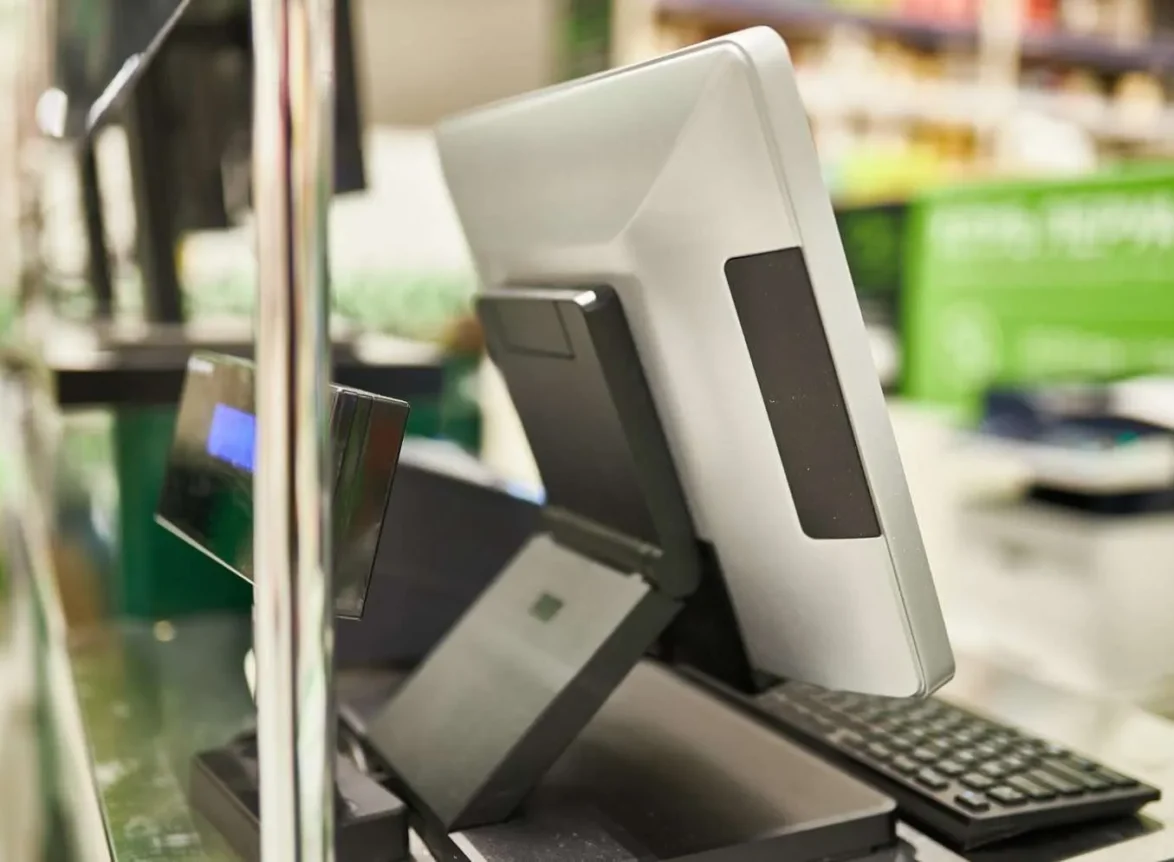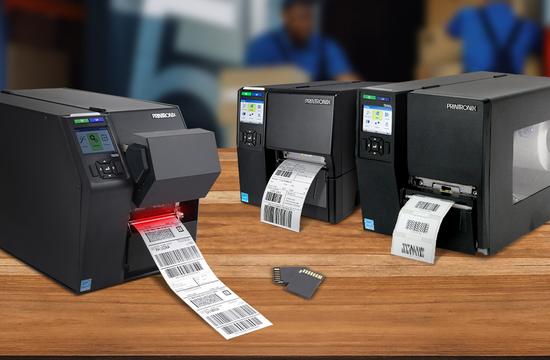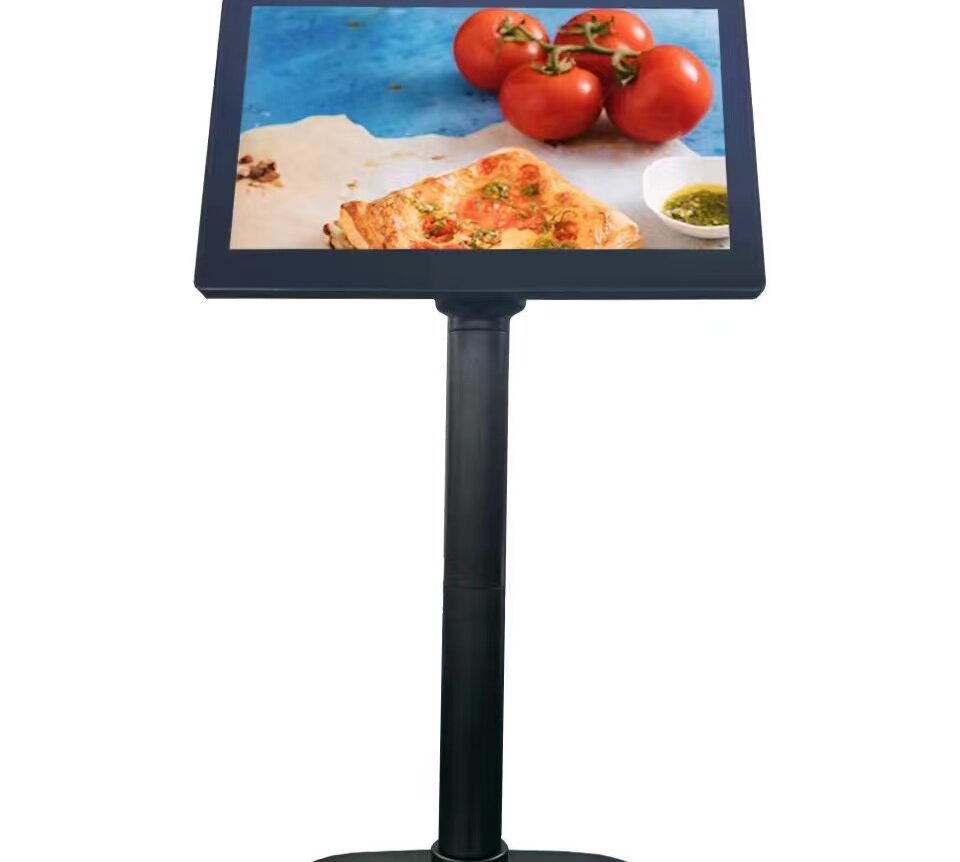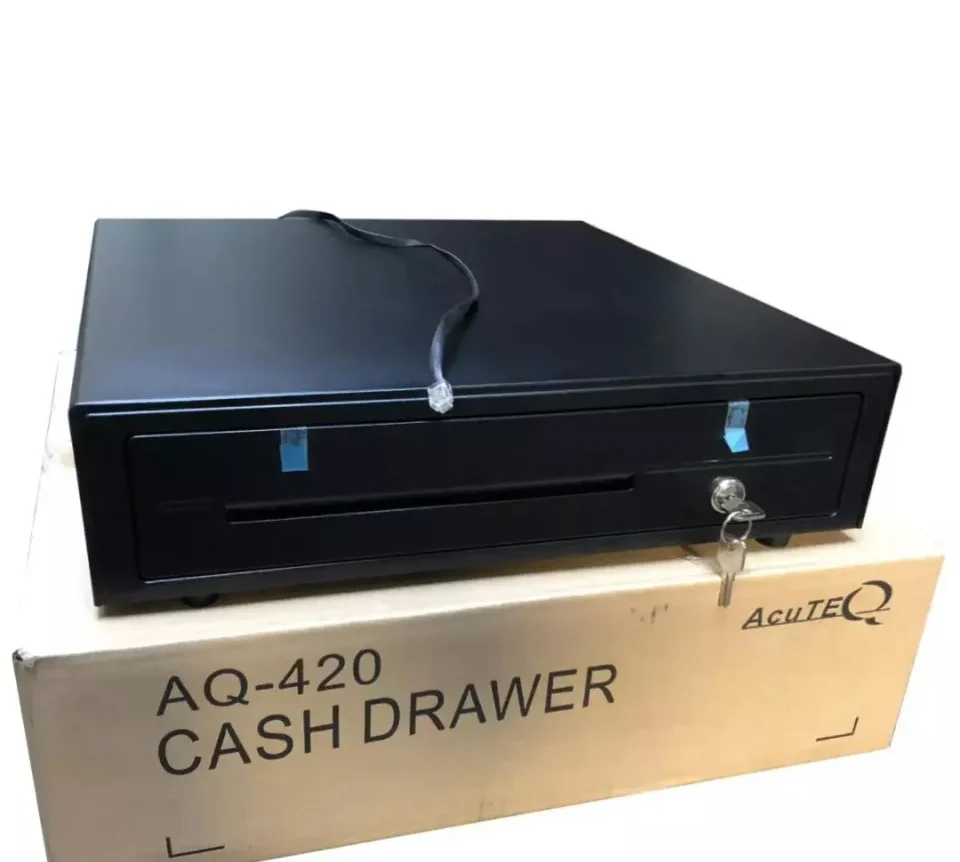Barcode scanners are critical tools for businesses, streamlining processes and enhancing productivity. However, like all technological devices, they can occasionally malfunction.
Knowing how to check if a barcode scanner in Kenya is working can save time and prevent disruptions. This guide provides detailed instructions on testing and troubleshooting barcode scanners, ensuring they operate at peak performance.
Understanding Barcode Scanners
Barcode scanners in Kenya come in various types, each with unique features and capabilities. The most common types include:
- Laser Scanners: These use a laser beam to read the barcode and are known for their accuracy and speed.
- CCD Scanners: Charge-coupled device scanners use an array of tiny light sensors to capture the barcode image.
- Imager Scanners: These use a camera to take a picture of the barcode and then decode it.
Knowing your scanner type is essential for accurate troubleshooting.
Initial Inspection
Before diving into technical diagnostics, perform a basic physical inspection of the barcode scanner:
- Check for Visible Damage: Inspect the scanner for any cracks, loose parts, or other signs of physical damage.
- Verify Connections: Ensure that all cables are securely connected and there are no visible frays or breaks.
- Power Supply: Confirm that the scanner is receiving power. If it’s battery-operated, check the battery status and replace if necessary.
Testing the Scanner
To determine if the scanner is working correctly, follow these steps:
- Connect to a Computer or Point-of-Sale (POS) System: Ensure the scanner is properly connected to the system it’s intended to work with.
- Open a Text Editor or POS Application: Use a simple application like Notepad for initial tests.
- Scan a Test Barcode: Use a barcode you know is valid and scan it. The scanned data should appear in the text editor or application.

Using Diagnostic Software
Many barcode scanner manufacturers provide diagnostic software to help test and troubleshoot their devices. Here’s how to use it:
- Download and Install Software: Obtain the diagnostic software from the manufacturer’s website and install it on your computer.
- Run the Software: Open the software and follow the on-screen instructions to test the scanner.
- Interpret Results: The software will provide detailed information on the scanner’s performance, helping you identify any issues.
Checking Scanner Configuration
Barcode scanners have configurable settings that can affect their performance. Verify and adjust these settings as needed:
- Symbologies: Ensure the scanner is configured to read the correct barcode symbologies (e.g., UPC, EAN, Code 39).
- Communication Settings: Check the settings for communication protocols like USB, RS232, or keyboard wedge.
- Custom Settings: Some scanners have additional settings for features like scanning speed, sensitivity, and beeper volume.
Troubleshooting Common Issues
If the scanner is not working as expected, consider these common issues and solutions:
- Scanner Not Reading Barcodes: Clean the scanner window to remove any dirt or smudges. Verify the barcode is not damaged or poorly printed.
- Intermittent Scanning: Check the connection cables and replace them if they appear worn or damaged.
- Slow or Delayed Scanning: Ensure the scanner firmware is up to date and adjust the scanning speed settings if available.
Performing a Factory Reset
If troubleshooting steps do not resolve the issue, performing a factory reset might help:
- Refer to the Manual: Consult the scanner’s user manual for specific instructions on how to reset the device.
- Reset the Scanner: Follow the reset procedure, which usually involves scanning a special reset barcode provided in the manual.
Regular Maintenance
To keep your barcode scanner in optimal condition, perform regular maintenance:
- Clean the Scanner: Use a soft, lint-free cloth to clean the scanner window regularly. Avoid harsh chemicals that could damage the device.
- Update Firmware: Check for firmware updates from the manufacturer and install them as needed.
- Inspect and Replace Cables: Periodically inspect cables for wear and replace them to prevent connection issues.
When to Seek Professional Help
If you have tried all the above steps and your barcode scanner is still not working, it may be time to seek professional assistance.
Contact the manufacturer’s customer support or a professional technician who specialises in barcode scanners. They can provide more in-depth diagnostics and repairs if necessary.
Conclusion
Ensuring your barcode scanner is working correctly is vital for maintaining operational efficiency and accuracy.
By following the steps outlined in this guide, you can troubleshoot and resolve common issues, ensuring your scanner remains in top condition. Regular maintenance and updates will further enhance its longevity and performance.







Leave a Comment
Your email address will not be published. Required fields are marked *
You must be logged in to post a comment.